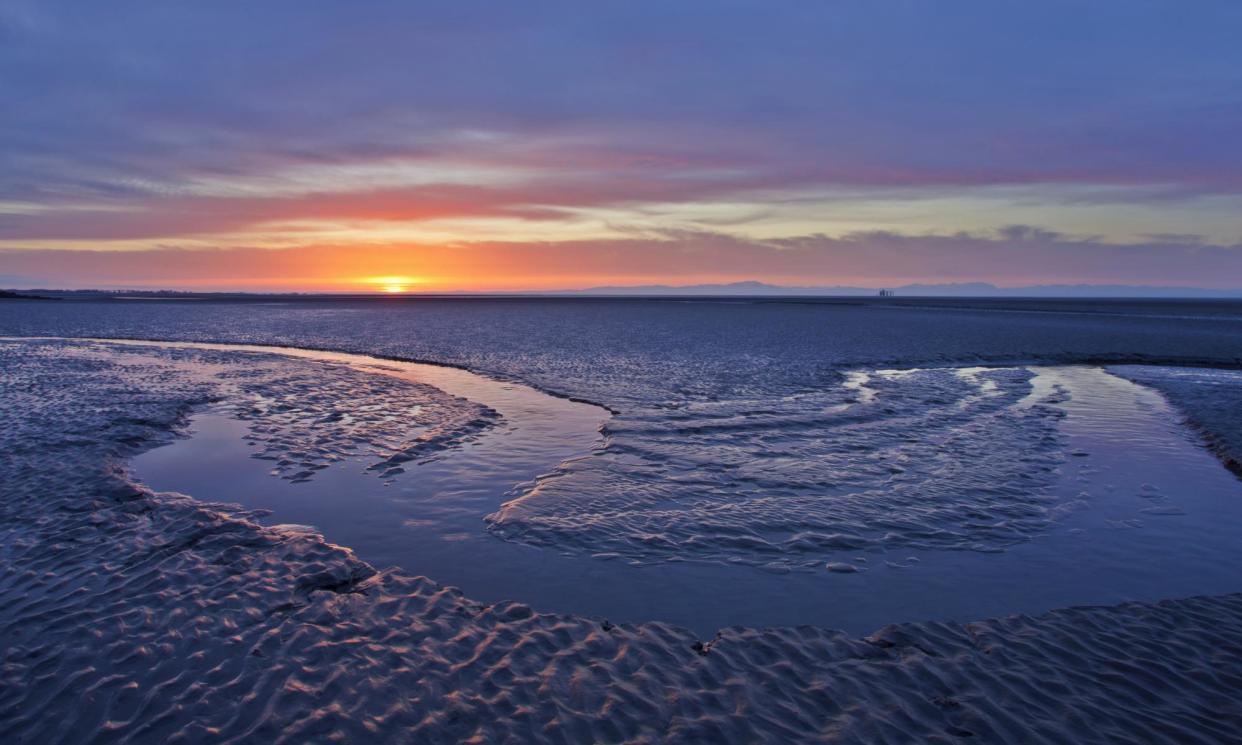‘Vast’ carbon sink of mud on seabed needs more protection, study shows

Seabed habitats could capture almost three times more carbon than forests in the UK every year if left undisturbed, according to a report published on Thursday.
Researchers at the Scottish Association for Marine Science (Sams) have calculated that 244m tonnes of organic carbon is stored in the top 10cm of UK seabed habitats. That includes seagrass meadows, salt marshes, kelp and mussel beds but most (98%) is stored in seabed sediments such as mud and silt.
This “blue carbon”, as it is known, is primarily absorbed by tiny phytoplankton at the base of the marine food chain that drift in the ocean – when they die, most sink and carbon gets incorporated into seabed sediments, just like leaves in woodland soils.
The landmark study, the first in the world to quantify the amount of carbon stored in all of its seabed habitats, aimed to put a figure on just how valuable seabeds are as a carbon store. It is important because it shows how physical disturbance of the marine bed, which happens primarily by human activity such as bottom trawling, can result in the release of large amounts of carbon dioxide back into the atmosphere.
The authors of the study estimate that if the UK seabed habitats were given greater protection – if disturbance was minimised – the UK and Isle of Man could capture up to 13m more tonnes of organic carbon every year. UK forests only capture 4.8m tonnes, although they cover a much smaller area (32,800 sq km).
“This project reveals how critical our seas are in regulating the climate and underscores the urgent need to protect and restore our seabed habitats,” said Tom Brook, blue carbon specialist at WWF-UK, who has been involved in the study.
“While salt marshes and kelp forests punch above their weight in terms of capturing carbon, the mud really is the star here – accumulating and storing vast amounts on the seabed. But we need to make sure it goes undisturbed for it to fulfil this critical function.”
An estimated 43% of the UK’s blue carbon is found within marine protected areas (MPAs), underwater national parks that offer some protection to marine life and habitats but aren’t necessarily designed to protect the seabed from all disturbance.
“Damaging activities such as bottom trawling and large development must not take place in protected areas,” said Joan Edwards, director of marine policy for the Wildlife Trusts, which are also involved in the project. “This research gives the UK an opportunity to lead the world in protecting blue carbon and marine biodiversity.”
Related: More than 80% of EU marine protected areas are ineffective, study shows
The three environmental charities involved in the nationwide Blue Carbon Mapping Project – the RSPB, the Wildlife Trusts and WWF-UK – said that introducing blue carbon impact assessments could help limit harmful practices in carbon-rich areas.
Another recommendation is to track and monitor carbon sequestration rates in the most accessible habitats – such as seagrass in shallow waters or salt marshes.
Mike Burrows, professor of marine ecology at Sams who led the project, said: “There are significant gaps in our knowledge regarding the rates of carbon accumulation in sediments.”
Deeper sediments are difficult and expensive to research and some sediment can be hundreds of metres thick. So the actual carbon storage capacity of ocean mud and silt is probably far greater than current estimates, mainly because this research analysed only the top 10cm of sediment.
Ceri Lewis, associate professor in marine biology at the University of Exeter who works on another blue carbon project called the Convex Seascape Survey, said that most leading climate reports barely mention seafloor mud: “This needs to change,” she said. “The more we learn about the importance of mud as a natural sink for organic carbon, the more reason we have to start protecting it from disturbances such as bottom trawling.”


